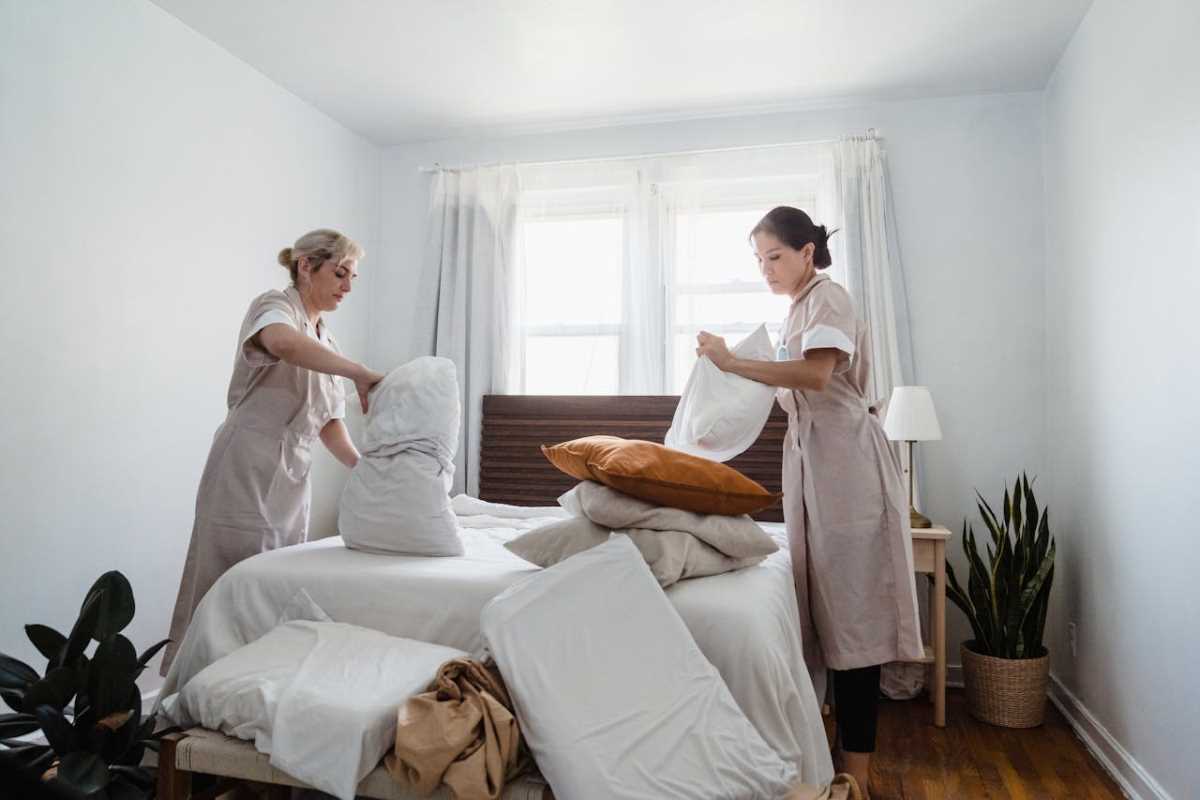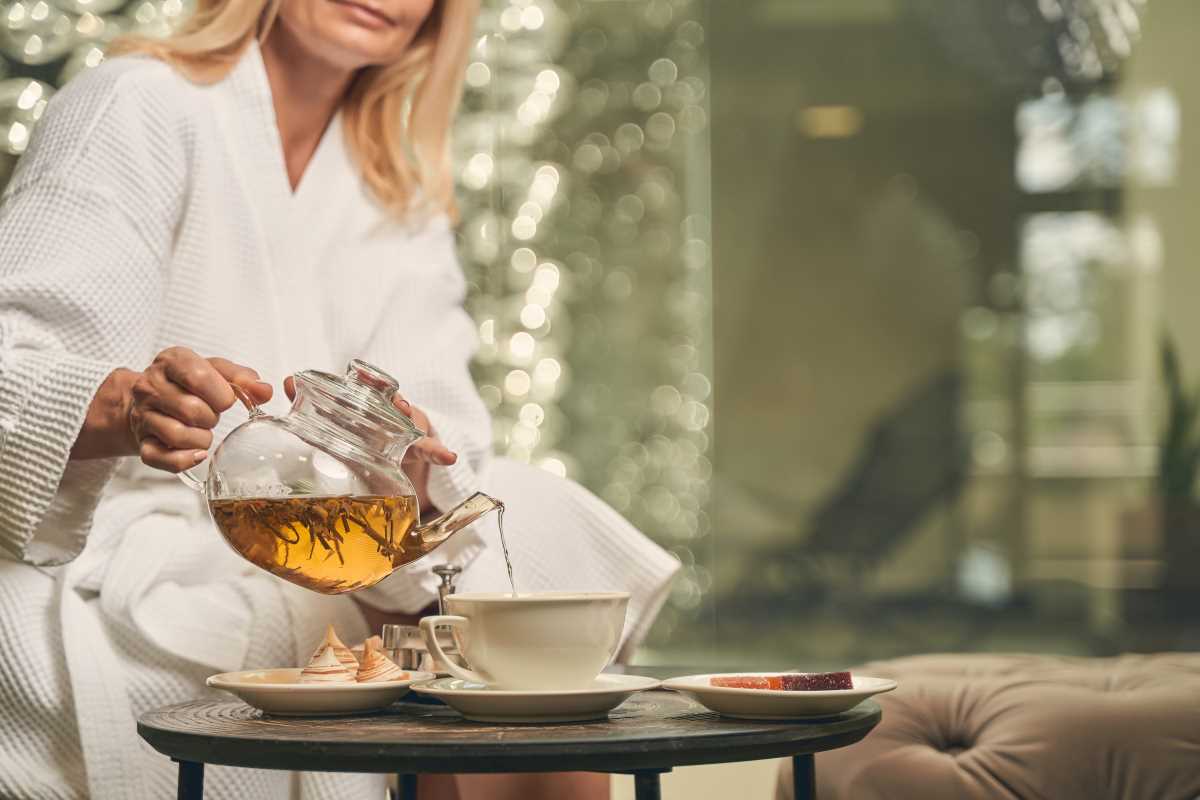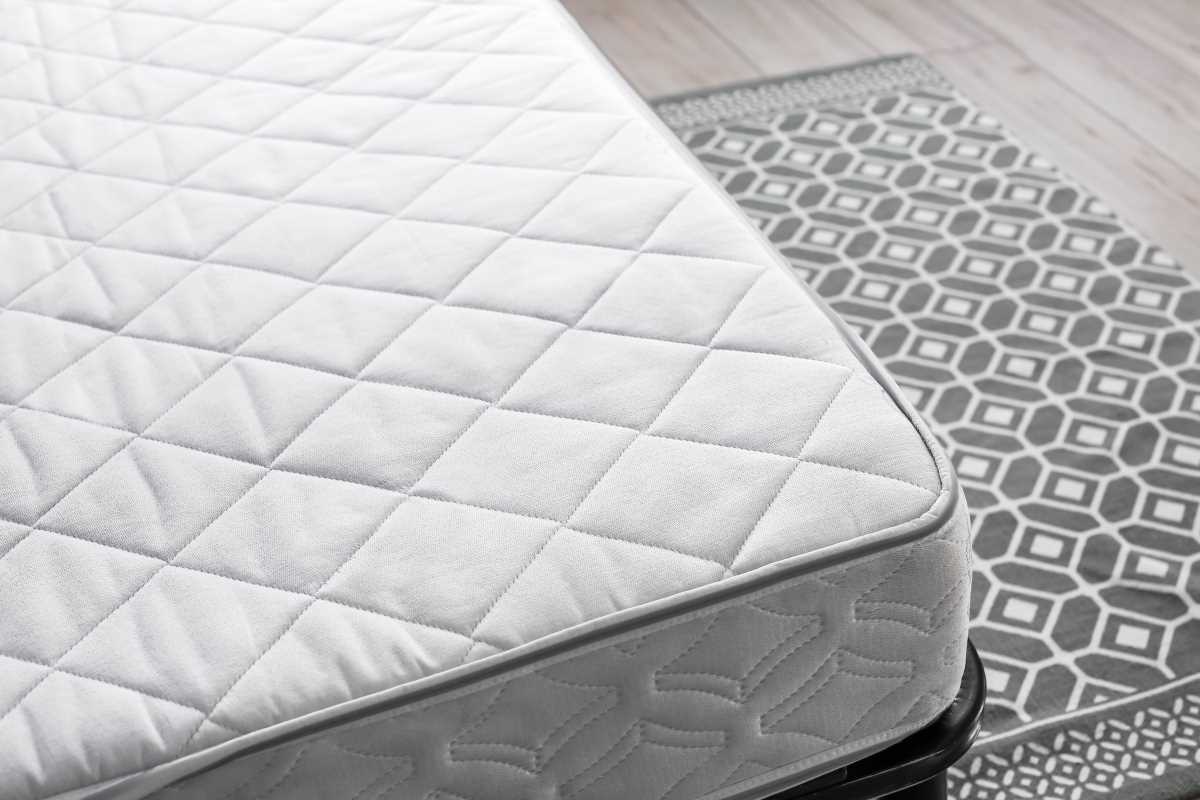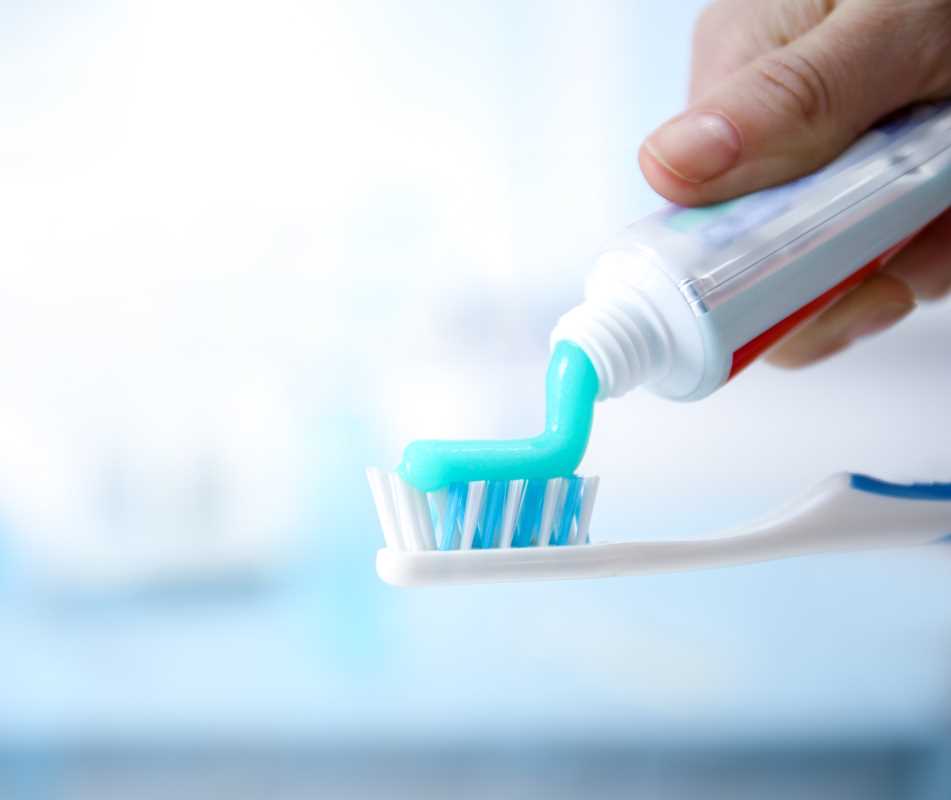You spend about a third of your life sleeping, with your face pressed against a pillowcase. Most of us pick our bedding based on color or comfort, rarely stopping to think about the material itself. The fabric you sleep on, however, has a surprising impact on the health of your skin and hair. Your standard cotton pillowcase might feel soft, but it could be contributing to dryness, wrinkles, and hair breakage. Making a simple switch in your pillowcase material is an easy, low-effort way to upgrade your beauty and wellness routine. Let's explore why the fabric you choose matters and help you find the best option to support healthy hair and glowing skin while you rest.
How Your Pillowcase Affects Your Skin
Your pillowcase is in direct contact with your face for hours every night. This constant interaction means the material can either support your skin's health or work against it. The main factors at play are friction, moisture absorption, and hygiene. Understanding how these elements work can help you make a better choice for your nightly routine.
The Problem with Friction and Moisture Absorption
Traditional cotton is a very popular bedding material, but it has some significant drawbacks for your skin. Cotton fibers, even in high-thread-count sheets, create a relatively rough surface. As you toss and turn at night, your skin drags against this surface, creating friction. This constant rubbing can irritate sensitive skin and may contribute to the formation of sleep lines—the creases that can become permanent wrinkles over time.
Additionally, cotton is a highly absorbent material. This is great for towels, but not ideal for your face. It pulls moisture and natural oils away from your skin throughout the night. It also soaks up the expensive serums and moisturizers you apply before bed, meaning less of the product stays on your skin to do its job. This continuous moisture-wicking can leave your skin feeling dry and dehydrated in the morning, undermining your skincare efforts.
Pillowcases and Skin Hygiene
The absorbent nature of cotton also presents a hygiene challenge. Your pillowcase soaks up not just skincare products, but also sweat, oil, and dead skin cells. This creates a welcoming environment for bacteria and dust mites to thrive. Sleeping on a dirty surface night after night can lead to clogged pores, inflammation, and acne breakouts. This is especially true for anyone with acne-prone or sensitive skin. You might be following a perfect skincare routine, but a contaminated pillowcase can undo all your hard work.
While frequent washing helps, the inherent properties of the fabric still make it a less-than-ideal surface for delicate facial skin. This is where alternative materials can offer a significant advantage.
The Case for Silk: A Superior Choice for Skin
Silk has long been celebrated as a luxury fabric, but its benefits go far beyond its smooth, decadent feel. It is a natural protein fiber produced by silkworms, and its unique structure makes it exceptionally gentle on the skin.
Switching to a silk pillowcase can address many of the problems caused by cotton. The surface of silk is incredibly smooth, allowing your skin to glide across the pillow with minimal friction. This reduces the pulling and stretching that can lead to sleep creases and long-term wrinkles. For people with sensitive or acne-prone skin, the gentle nature of silk can help reduce irritation and inflammation.
Silk is also far less absorbent than cotton. It helps your skin retain its natural moisture instead of wicking it away. This means your skin stays more hydrated throughout the night, and your skincare products remain on your face where they belong. You get the full benefit of your nighttime routine, waking up with skin that feels more supple and hydrated.
How Your Pillowcase Impacts Hair Health
Just as it affects your skin, your pillowcase material plays a crucial role in the health and appearance of your hair. Friction is once again the primary culprit when it comes to hair damage during sleep.
Breakage, Frizz, and Bedhead
As you move around at night, your hair rubs against your pillowcase. The coarser texture of a cotton pillowcase can rough up the cuticle, which is the outer layer of the hair strand. This leads to friction that causes tangles, frizz, and breakage. You might wake up with that classic "bedhead" look, which is often a sign of your hair being pulled and stressed during the night. Over time, this repeated friction can weaken the hair shaft, leading to split ends and thinning.
This is a concern for all hair types, but it is especially damaging for those with delicate, color-treated, or naturally curly hair. Curly hair is often drier and more fragile, and the friction from cotton can disrupt the curl pattern and cause significant frizz.
The Silk Solution for Healthier Hair
A silk pillowcase offers a simple solution. Its smooth surface allows your hair to glide effortlessly as you sleep, creating virtually no friction. This simple change helps to reduce tangles, prevent breakage, and minimize frizz. You will likely wake up with hair that is smoother, more manageable, and less tangled than before.
By preserving your hair's natural oils and reducing physical stress, a silk pillowcase can help maintain your hair's strength and shine. It can also extend the life of your hairstyle, whether you have a fresh blowout or carefully defined curls. This makes your morning routine easier and promotes the long-term health of your hair.
Exploring the Alternatives: Satin, Tencel, and Bamboo
While silk is often considered the gold standard, it comes with a higher price tag. Fortunately, other materials offer similar benefits and can be great alternatives depending on your budget and preferences.
Satin: The Budget-Friendly Option
Satin is not a natural fiber like silk; it is a type of weave. Satin pillowcases are typically made from synthetic materials like polyester or nylon, though they can also be woven from silk. The key feature of satin is its glossy, smooth surface, which mimics the feel of silk.
Like silk, a satin pillowcase reduces friction on your skin and hair, helping to prevent sleep lines, frizz, and breakage. It is also less absorbent than cotton, allowing your skin and hair to retain their natural moisture. Satin offers many of the same beauty benefits as silk but at a much more accessible price point. The main difference is that synthetic satin is not as breathable as natural silk, which might be a consideration for people who tend to sleep hot.
Tencel and Bamboo: Sustainable and Gentle Choices
Tencel and bamboo are two other excellent materials to consider for your bedding. Both are derived from plant-based sources and are known for being sustainable and eco-friendly.
Tencel is a brand name for a fiber called lyocell, which is made from the wood pulp of eucalyptus trees. It is incredibly soft and smooth, with a feel that is often compared to silk. Tencel is also highly breathable and has excellent moisture-wicking properties that draw sweat away from the body, making it a great choice for hot sleepers. It is gentle on skin and hair, reducing friction just like silk and satin.
Bamboo fabric is another soft, silky option that is naturally hypoallergenic and antibacterial. This makes it a fantastic choice for people with allergies or sensitive, acne-prone skin. It is also very breathable and temperature-regulating, keeping you cool in the summer and warm in the winter. Both Tencel and bamboo provide a smooth surface that protects your hair and skin while you sleep.
Making the Right Choice for You
Choosing the right pillowcase material is a personal decision. Think about your main concerns—whether they are skin-related, hair-related, or budget-driven—to guide your choice.
- For the ultimate luxury and natural benefits: Silk is unmatched.
- For similar benefits on a budget: Satin is an excellent alternative.
- For a sustainable, breathable, and hypoallergenic option: Tencel or bamboo are fantastic choices.
No matter which material you choose, remember to wash your pillowcase at least once a week to maintain good hygiene and get the most out of its benefits.
A Simple Upgrade for Your Well-Being
The material you sleep on is more than just a decorative element; it's an active part of your nightly wellness routine. By rethinking your pillowcase, you can take a simple yet powerful step toward healthier skin and hair.
 (Image via
(Image via





